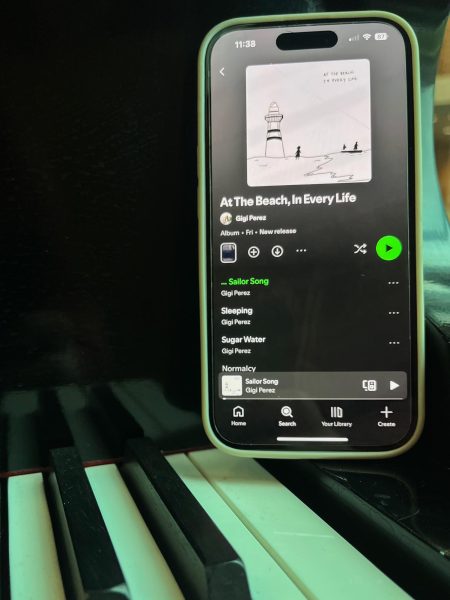Reading too deeply into art
There is a famous question in every high school English class that almost always decides whether you will continue to have a developing interest in literature, or whether you will treat it as an obstacle on your path.
That question is what is William Carlos Williams saying in his famous poem, “The Red Wheelbarrow.” The poem goes, “so much depends upon/ a red wheel barrow/ glazed with rain water/ beside the white chickens.”
There are usually three responses people give to this question.
The first is, “Williams is saying that despite the wheelbarrow’s apparent insignificance, it represents the hard work of the rural farmers that feed the masses in the metropolitan areas of America.”
The second answer is “I don’t know.”
And then there is the final, and most disappointing answer, “You’re reading too deeply into it. It’s just a poem about a wheelbarrow.”
The idea that someone can read too deeply into a piece of art is ludicrous. Art is created to express ideas, and no piece of art was ever created without a purpose. And yet, some people will still insist the author didn’t intend for his or her work to be interpreted in such a way.
This problem becomes even more pronounced when the different schools of literary criticism are introduced. Whether it be a Marxist reading, or a feminist reading, often people will say that the author didn’t intend for their work to be interpreted that way, and that you’re wrong for reading it in such a way.
And this is where the debate on authority in art comes in.
The debate centers around whether the creator has more power in the meaning of a text, or if the interpretation has more to do with the reader and their own way of viewing a particular text.
One example of this may be the fact that Shakespeare may not have intended to make a commentary on the misogyny of the era in his play “Hamlet.” When I read “Hamlet,” and notice the particular lack of agency exhibited by the female characters, I can read it as a condemnation of the treatment of women at the time.
The interpretation of a text relies heavily on how the reader is looking at the text, and, thus, you can never be reading too deeply into a text, whether it be the works of Ernest Hemingway, or the stylings of early 90s reggae fusion singer, Shaggy.
So the next time you encounter any piece of art to think of it on deeper than a surface level.
All art means something.
Alex Bertsch is the opinion editor for The Dakota Student. He can be reached at alexander.j.bertsch@my.und.edu.






